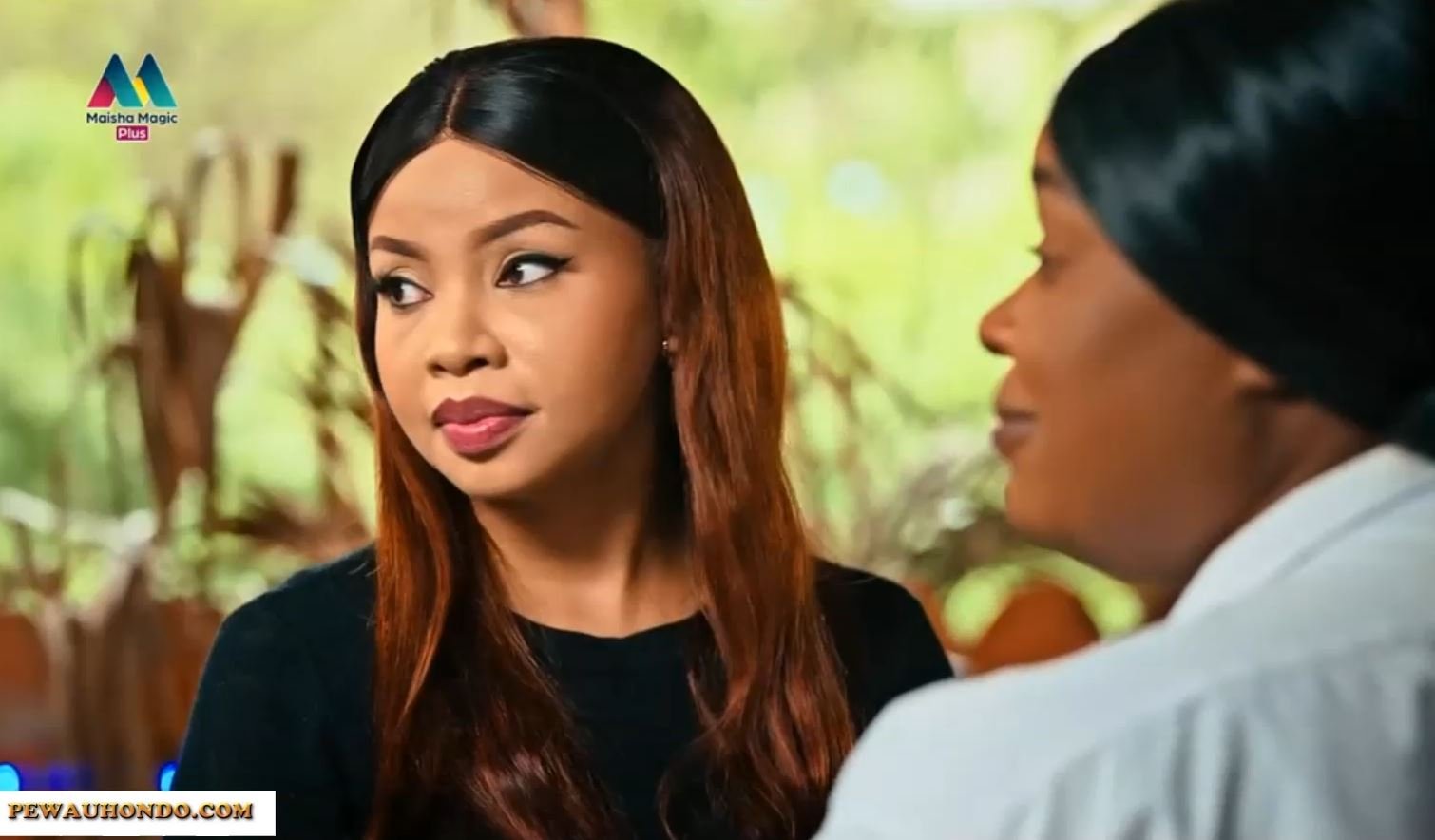Public-Private Partnerships Enhancing SHA
Introduction
Public-private partnerships (PPPs) in healthcare represent a collaborative model where government entities leverage private sector expertise, capital, and innovation to deliver public services more efficiently and equitably. In Kenya, where a population of 53 million grapples with non-communicable diseases (NCDs) like diabetes (9% prevalence) and hypertension (24%), infectious outbreaks such as cholera (2,000 cases in 2025), and stark regional disparities—with only 40% health facility coverage in rural Arid and Semi-Arid Lands (ASALs) like Turkana compared to 70% in urban Nairobi—PPPs are essential for advancing Universal Health Coverage (UHC) (KDHS 2022, MoH 2025). The Social Health Authority (SHA), launched on October 1, 2024, under the Social Health Insurance Act of 2023, replaced the National Health Insurance Fund (NHIF) to drive UHC by 2030. By September 2025, SHA has registered 26.7 million Kenyans (50% of the population), disbursed KSh 8 billion to frontline services, and covered 4.5 million treatments without out-of-pocket costs. SHA’s three-fund structure—Primary Health Care Fund (PHCF), Social Health Insurance Fund (SHIF), and Emergency, Chronic, and Critical Illness Fund (ECCIF)—relies heavily on PPPs to address NHIF’s legacy of KSh 30.9 billion in debts and fraud (KSh 41 million in ghost claims). Recent collaborations, such as the September 2025 partnership with the Kenya Healthcare Federation (KHF) and Kenya Association of Private Hospitals (KAPH), underscore PPPs’ role in tackling financing gaps and ensuring uninterrupted services. This article provides a comprehensive, factual guide to how PPPs enhance SHA, detailing mechanisms, key partnerships, impacts, challenges, and future prospects, grounded in Kenya’s medical situation, government reports, and public discourse.
The Need for PPPs in Kenya’s Healthcare System
Kenya’s healthcare system is characterized by chronic underfunding, infrastructure deficits, and inequities that PPPs are uniquely positioned to address:
- Financing Challenges: Pre-SHA, NHIF’s 17% coverage left 83% of informal workers (16.7 million) reliant on 40% out-of-pocket spending, pushing 1 million into poverty annually (World Bank 2022). SHA’s KSh 6.1 billion allocation covers only 4% of the KSh 168 billion needed yearly, creating a KSh 4 billion monthly deficit (MoH 2025).
- Infrastructure Gaps: Only 56% of 17,755 facilities are e-contracted with SHA, with rural ASALs lagging at 40% coverage, delaying NCD treatment (39% of deaths) and maternal care (530 per 100,000 live births) (UNICEF 2025).
- Private Sector Role: Private providers deliver 40% of healthcare, including 70% of specialized services like oncology (42,000 cases annually), but NHIF’s inefficiencies led to KSh 76 billion in unpaid claims, threatening viability (RUPHA September 2025).
- Policy Foundation: The Public-Private Partnerships Act (2021) and SHIA (2023) enable PPPs for UHC, with the Benefits Package and Tariffs Advisory Panel (BPTAP) reviewing alignments. A 2018 study in Health Policy and Planning highlighted PPPs’ success in integrating private providers into NHIs in Kenya and Ghana through shared goals and communication (PMC 2018).
PPPs in SHA focus on tariff alignment, data sharing, and fraud elimination, as emphasized in August 2025 MoH-insurer meetings (Nairobi Wire August 2025).
Key Public-Private Partnerships Enhancing SHA
SHA’s PPPs leverage private sector strengths in financing, technology, and service delivery, with recent agreements addressing systemic issues:
1. SHA-KHF-KAPH Partnership (September 2025)
- Overview: In a September 23, 2025, meeting chaired by SHA Chairperson Abdi Mohamed, SHA partnered with KHF and KAPH to strengthen UHC, tackle fraud, and ensure uninterrupted services (Eastleigh Voice September 2025). This addresses KSh 76 billion in unpaid claims threatening private hospitals.
- Key Elements: Joint audits, shared databases for fraud detection, and harmonized accreditation criteria. Private providers commit to SHA e-contracting, with SHA guaranteeing bi-weekly payments (KSh 8 billion disbursed by September 2025).
- Impact: The partnership aims to cover 2.2 million vulnerable Kenyans, with quick wins like invoice discounting via KCB to ease cash flow (KHF June 2025).
2. SHA-Ministry of Health-Private Insurers Framework (August 2025)
- Overview: CS Aden Duale’s August 18, 2025, meeting with private insurers established a PPP for tariff alignment, data sharing, and fraud elimination (Nairobi Wire August 2025). Insurers link to SHA’s centralized claims platform for real-time verification.
- Key Elements: Biometric integration to prevent double-billing, joint training for 5,000 providers, and a shared fraud database. This builds on SHIA’s PPP provisions, ensuring private schemes complement SHA without duplication.
- Impact: Expected to boost insurance penetration (currently low at 3%) and reduce fraud by 15%, supporting 26.7 million SHA registrants (MoH August 2025).
3. SHA-KCB Financing Partnership (June 2025)
- Overview: A June 11, 2025, meeting between SHA, KHF, and KCB explored invoice discounting and e-commerce for diaspora contributions (KHF June 2025). KCB’s Doctors CVP extends credit solutions to SHA facilities.
- Key Elements: SHA provides claims data for KCB assessments, enabling hospitals to access funds against unpaid invoices. Diaspora remittances via integrated platforms aim to raise KSh 10 billion annually.
- Impact: Addresses delayed reimbursements, with pilots in 29 facilities showing 20% cash flow improvement (KHF June 2025).
4. SHA-NES Project and OEM Partnerships (August 2025)
- Overview: The National Medical Equipment Service Project (NESP), launched August 8, 2025, by President Ruto, partners with Original Equipment Manufacturers (OEMs) for fee-for-service equipment (Standard Media September 2025).
- Key Elements: SHA pays per use (e.g., KSh 4,500 per X-ray), equipping 29 facilities in 18 counties without upfront costs.
- Impact: Delivered 60,000 services by September 2025, enhancing diagnostics in under-served areas.
5. SHA-TSC Migration (September 2025)
- Overview: SHA partners with the Teachers Service Commission (TSC) to migrate 460,000 teachers to the Public Health Medical Schemes Fund by December 1, 2025, from private insurers like Minet (Standard Media September 2025).
- Key Elements: Seamless transition with tariff harmonization, ensuring no service disruptions.
- Impact: Covers 2.2 million vulnerable Kenyans, with Minet as administrator under PPP terms.
| Partnership | Date | Key Focus | Estimated Impact |
|---|---|---|---|
| SHA-KHF-KAPH | Sep 2025 | Fraud elimination, accreditation | 2.2M vulnerable covered |
| SHA-MoH-Insurers | Aug 2025 | Tariff alignment, data sharing | 15% fraud reduction |
| SHA-KCB | Jun 2025 | Invoice discounting | 20% cash flow improvement |
| SHA-NESP | Aug 2025 | Equipment leasing | 60,000 services delivered |
| SHA-TSC | Sep 2025 | Teacher migration | 460,000 enrolled |
Data from MoH, KHF, and media reports (2025).
Impacts of PPPs on SHA
PPPs have accelerated SHA’s rollout and addressed systemic bottlenecks:
- Financing Efficiency: KCB’s discounting resolved KSh 76 billion in unpaid claims, enabling 4.5 million zero-cost treatments and reducing delays by 25% (MoH 2025).
- Service Expansion: NESP equipped 29 facilities, boosting diagnostics by 20% in ASALs (Standard Media September 2025).
- Equity Gains: TSC migration covers 460,000 teachers, prioritizing rural educators and reducing OOPE from 40% to under 15% (TSC September 2025).
- Fraud Reduction: Shared databases rejected KSh 10.7 billion in false claims, saving KSh 5 billion annually (KHF 2025).
- UHC Progress: PPPs increased private provider participation to 40%, supporting 26.7 million registrants (MoH 2025).
A 2018 Health Policy and Planning study on PPPs in Kenya and Ghana noted shared goals and communication as keys to success, validated by SHA’s recent frameworks (PMC 2018).
Challenges in SHA’s PPPs
Despite gains, obstacles persist:
- Implementation Gaps: Only 56% facilities e-contracted, with ASALs lagging at 40%, delaying PPP benefits (MoH 2025).
- Funding Shortfalls: KSh 4 billion monthly deficit (claims KSh 9.7 billion vs. collections KSh 6 billion), with 5.4% informal uptake, strains partnerships (MoH 2025).
- Regulatory Hurdles: Tariff misalignment risks double-billing, with private insurers fearing job losses from SHA migration (Standard Media September 2025).
- Public Trust: X sentiment (70% negative) cites NHIF scandals and KSh 104.8 billion system irregularities, with users like @moooh_ke praising partnerships but @Shaccari254 noting rural gaps (X posts 2025).
- Equity Concerns: Urban bias in PPPs (e.g., NESP in 18 counties) leaves ASALs underserved (GeoPoll February 2025, n=961).
Practical Guidance for Stakeholders
To leverage PPPs in SHA:
- For Providers: E-contract via sha.go.ke; join KHF/KAPH for tariff negotiations.
- For Employers: Migrate to SHA-TSC model; use KCB discounting for claims.
- For Beneficiaries: Verify facilities on sha.go.ke; report issues to 0800-720-531.
- For Policymakers: Align tariffs via BPTAP; monitor PPPs through joint audits.
- For NGOs: Partner with AMREF for ASAL outreach; advocate for rural equity.
Future Outlook
SHA targets 80% coverage by 2028, requiring 10 million informal contributors. Planned PPP expansions include:
- Scaling NESP: 100 facilities by 2026, funded by KSh 194 billion UAE loan (MoH 2025).
- Insurer Integration: Full centralized claims by 2026, reducing fraud 20% (MoH August 2025).
- County PPPs: 47 counties to sign IPAs by 2027, focusing on ASALs.
- Diaspora Funding: E-commerce platforms to raise KSh 10 billion annually (KHF June 2025).
WHO projects PPPs could boost UHC by 30% by 2030 in LMICs.
Conclusion
PPPs are enhancing SHA by resolving KSh 76 billion claims, equipping facilities, and covering 2.2 million vulnerable Kenyans, as seen in the KHF-KAPH and TSC partnerships. By aligning tariffs, sharing data, and eliminating fraud, PPPs drive UHC for 26.7 million registrants amid NCDs and outbreaks. Challenges like funding gaps and rural inequities require inclusive reforms, but as CS Duale stated in August 2025, PPPs ensure “quality care without interruption.” With scaled collaborations and transparency, PPPs can propel SHA toward equitable healthcare for all Kenyans by 2030.
LULU MAISHA MAGIC PLUS SEASON 1 EPISODE 107 TUESDAY SEPTEMBER 30TH 2025 FULL EPISODE








You must be logged in to post a comment.